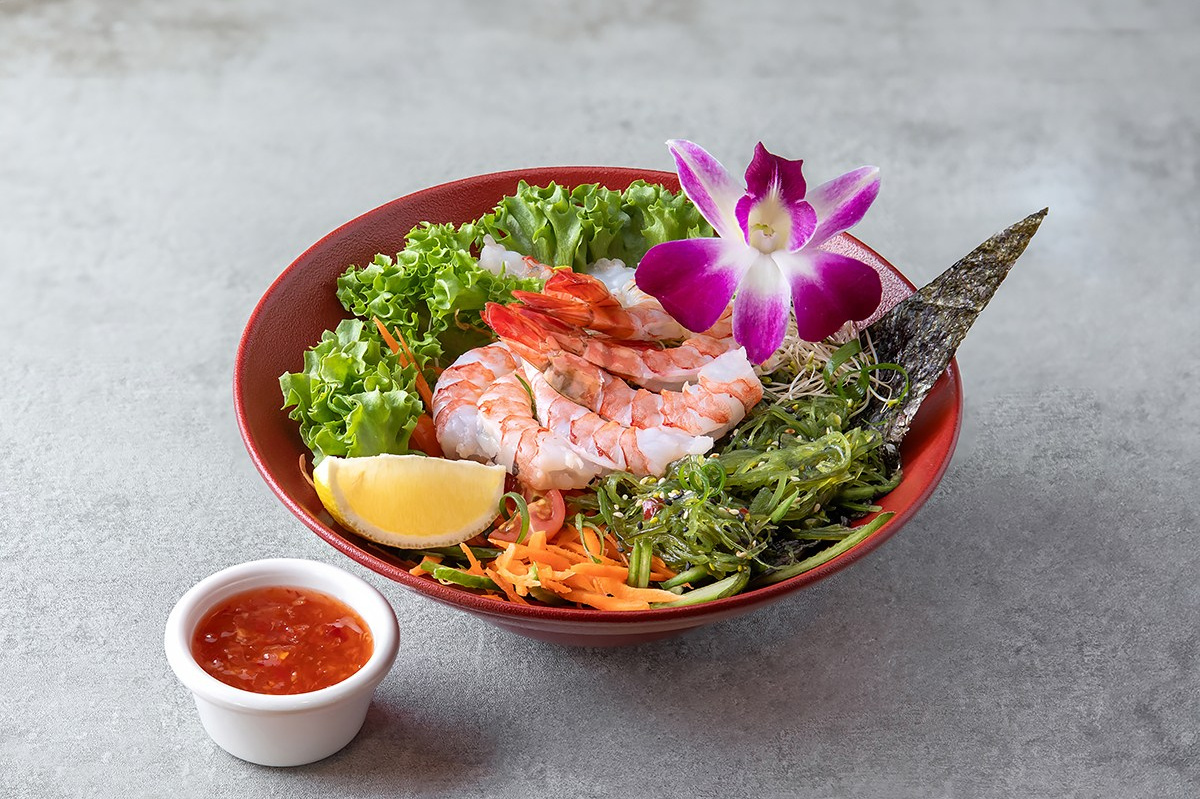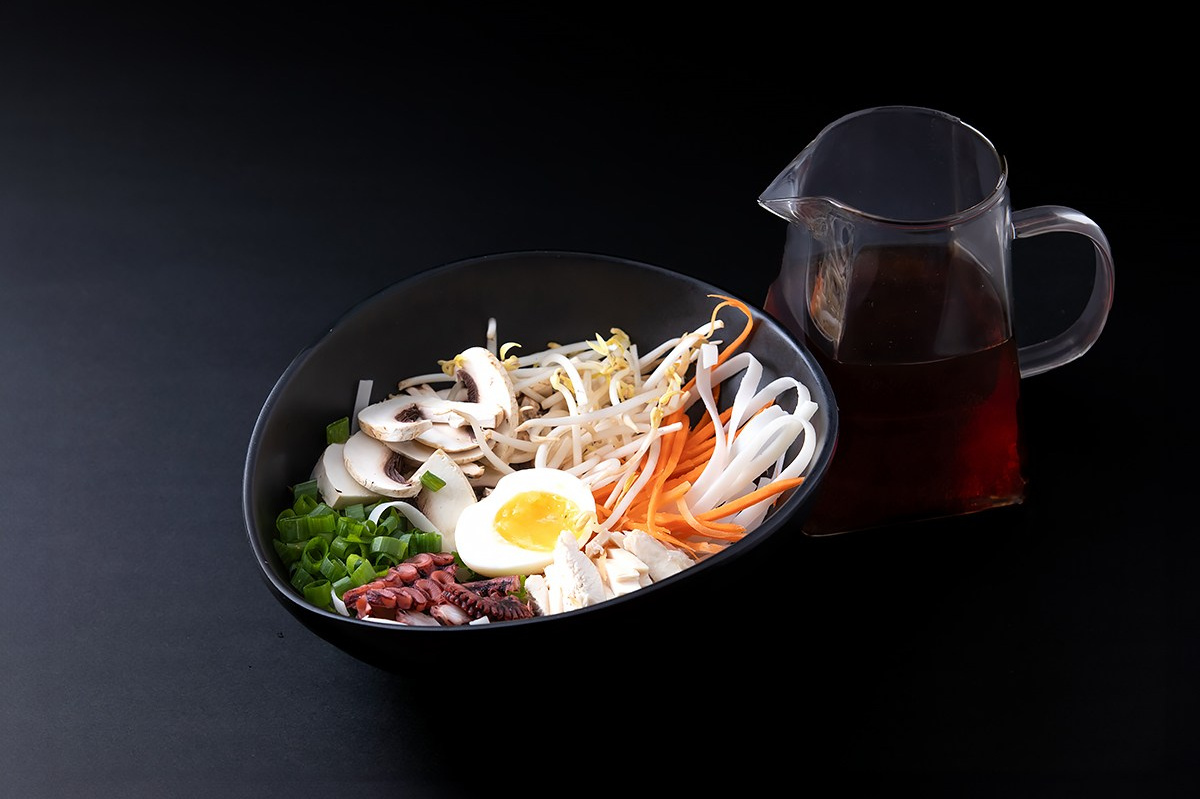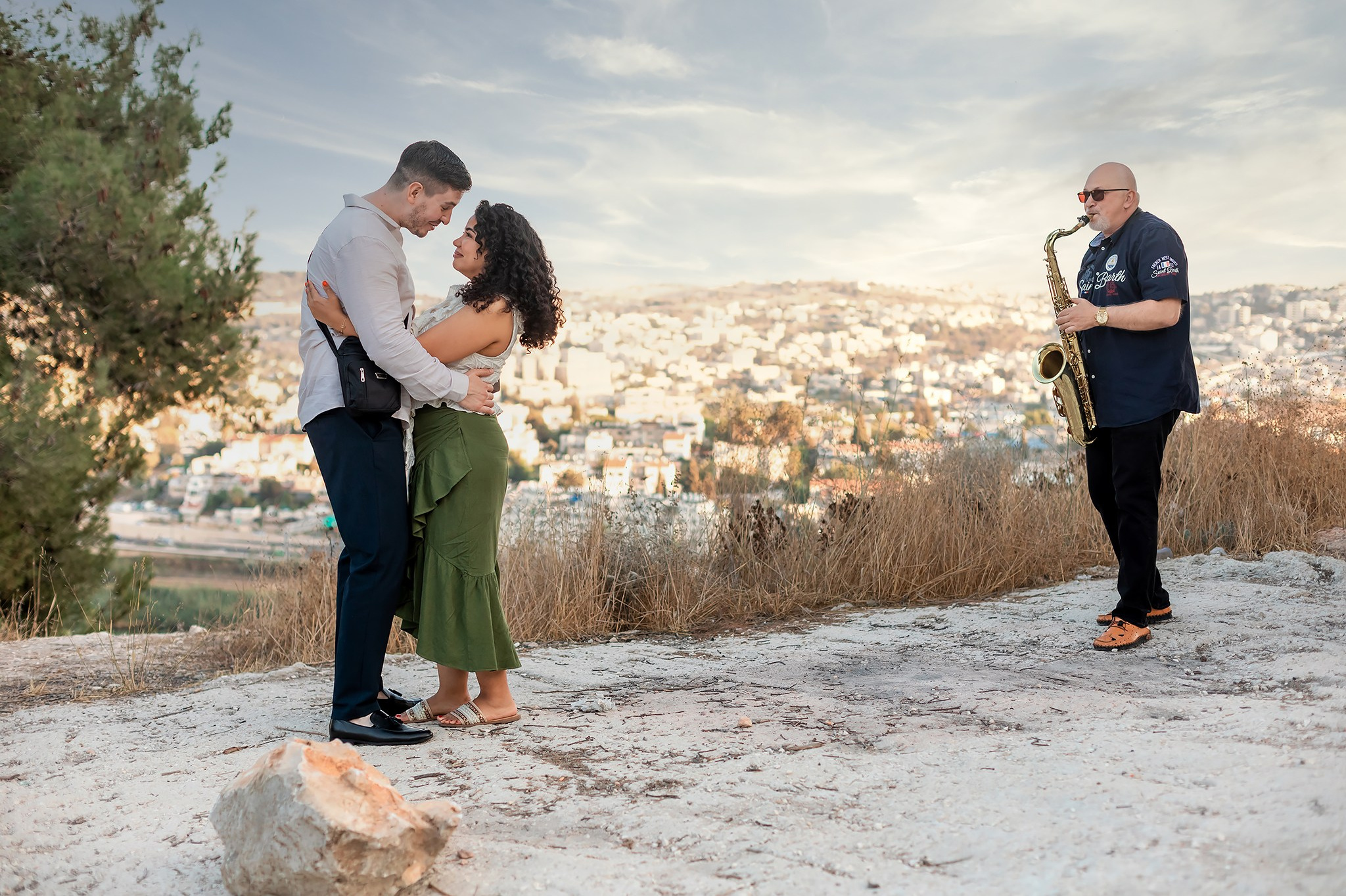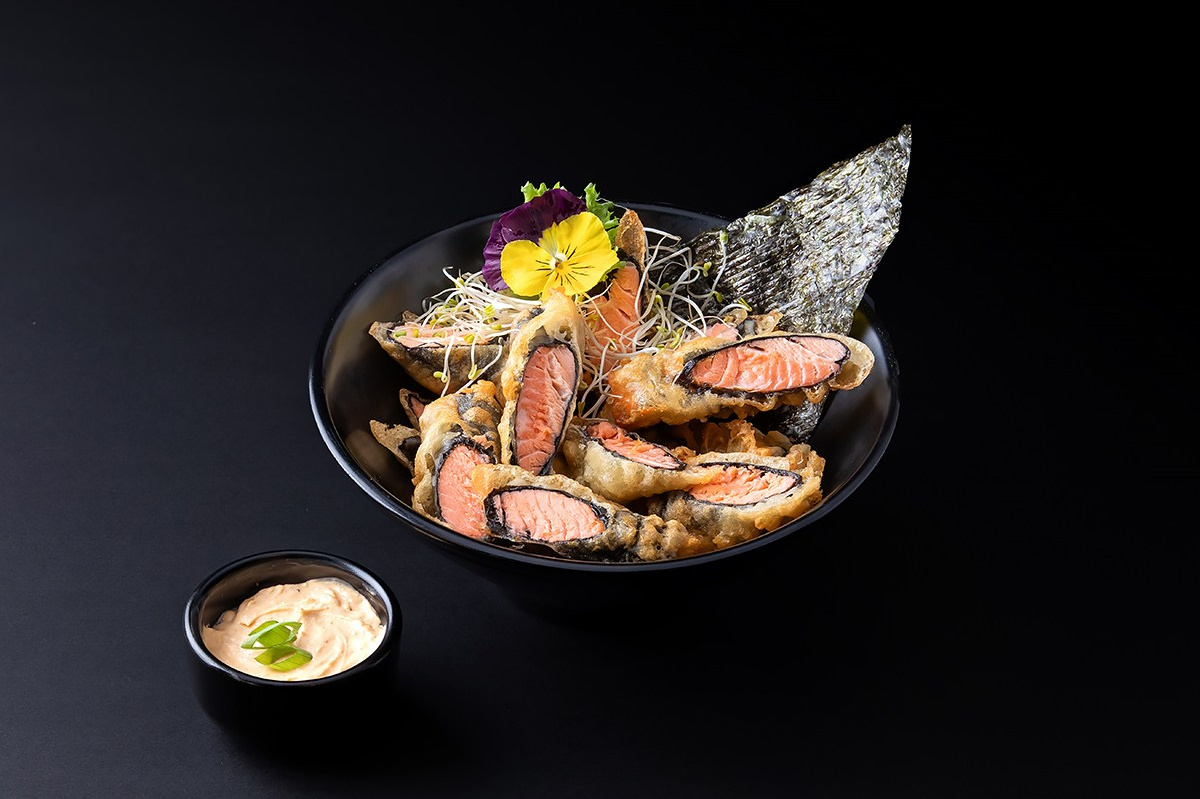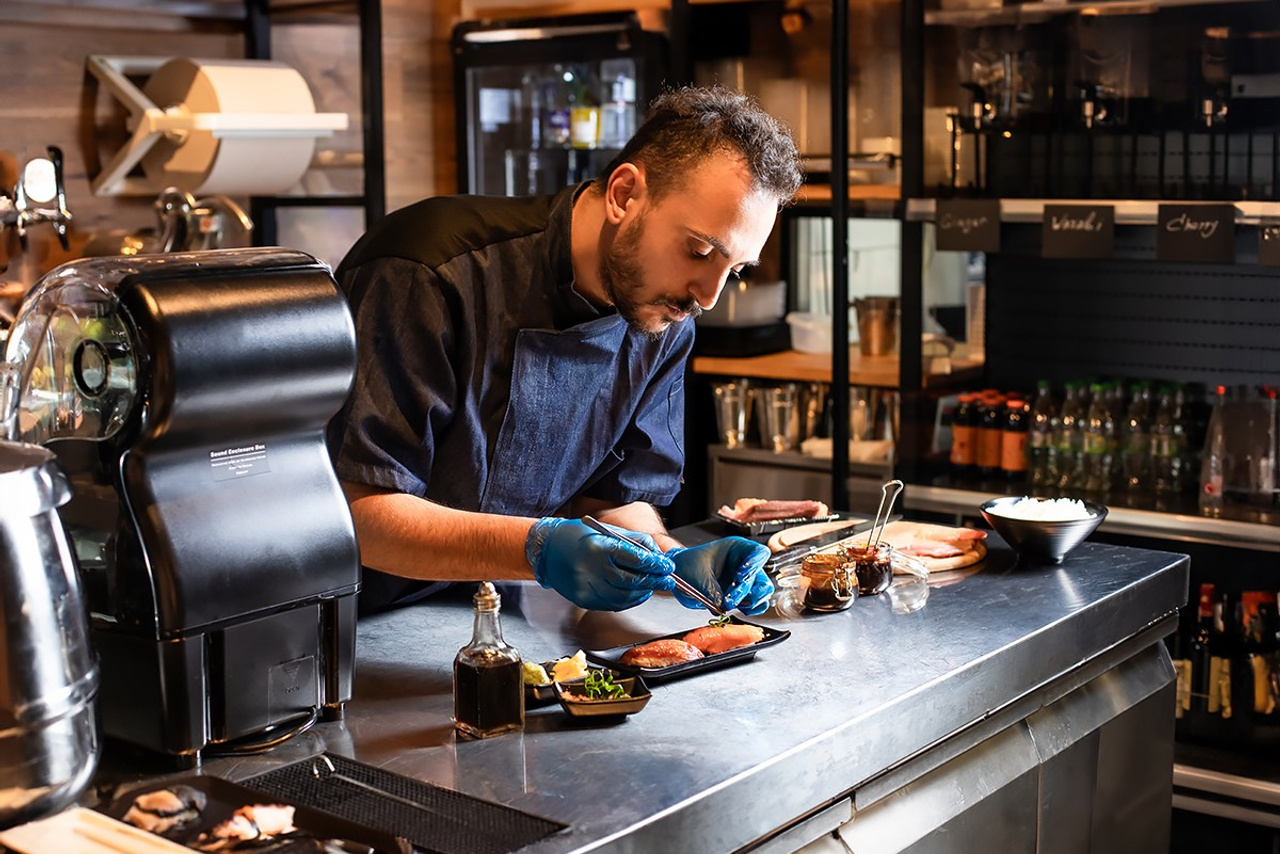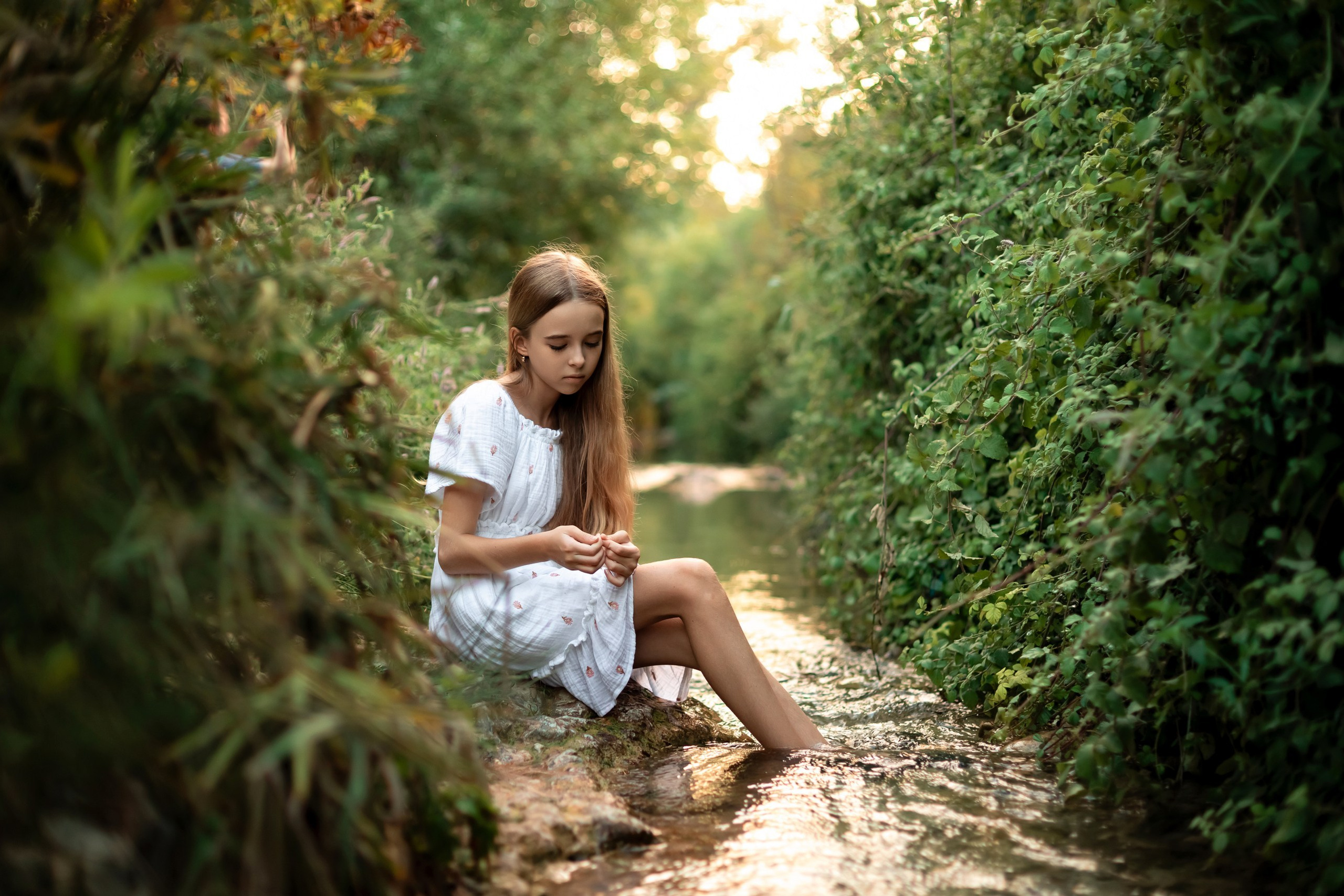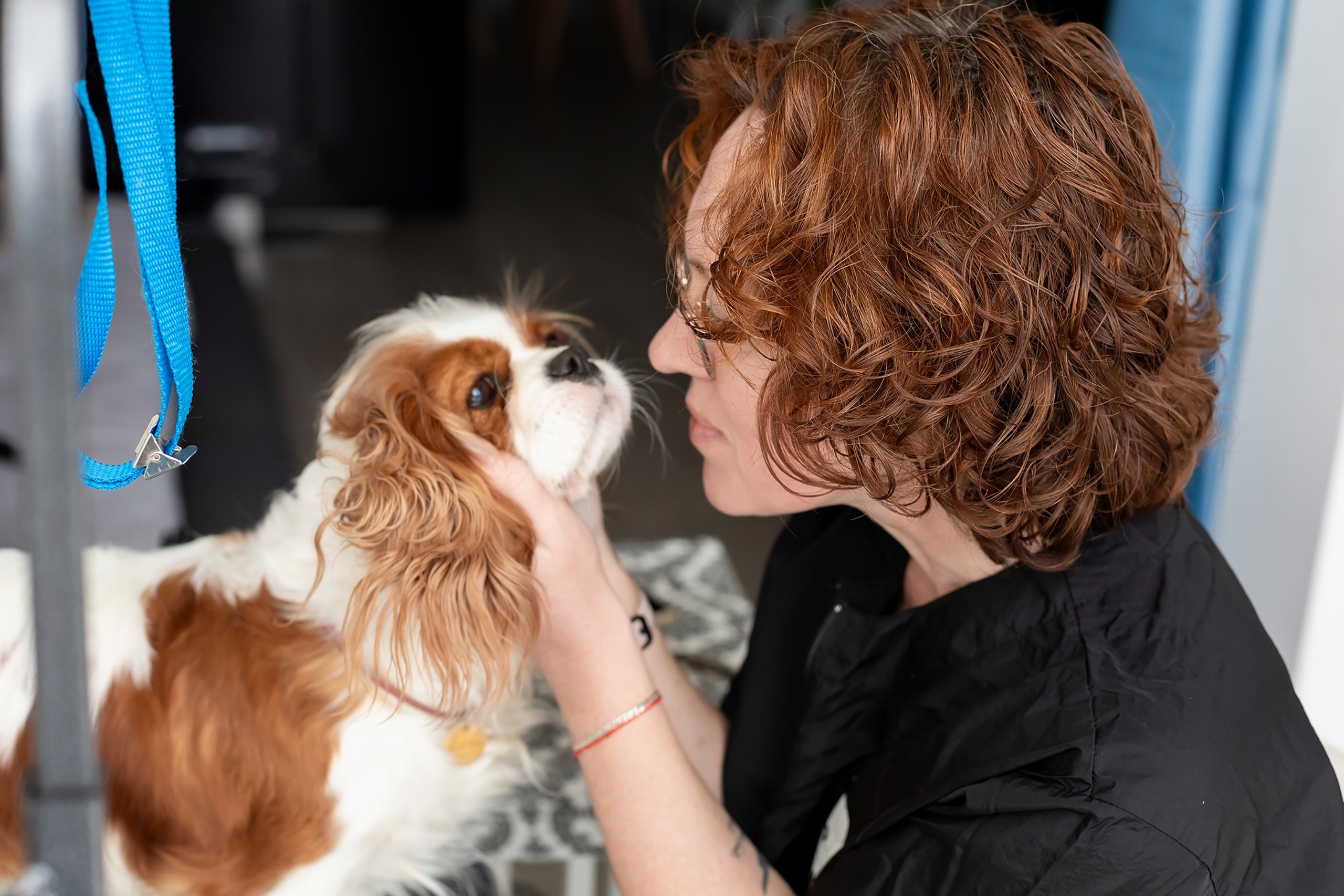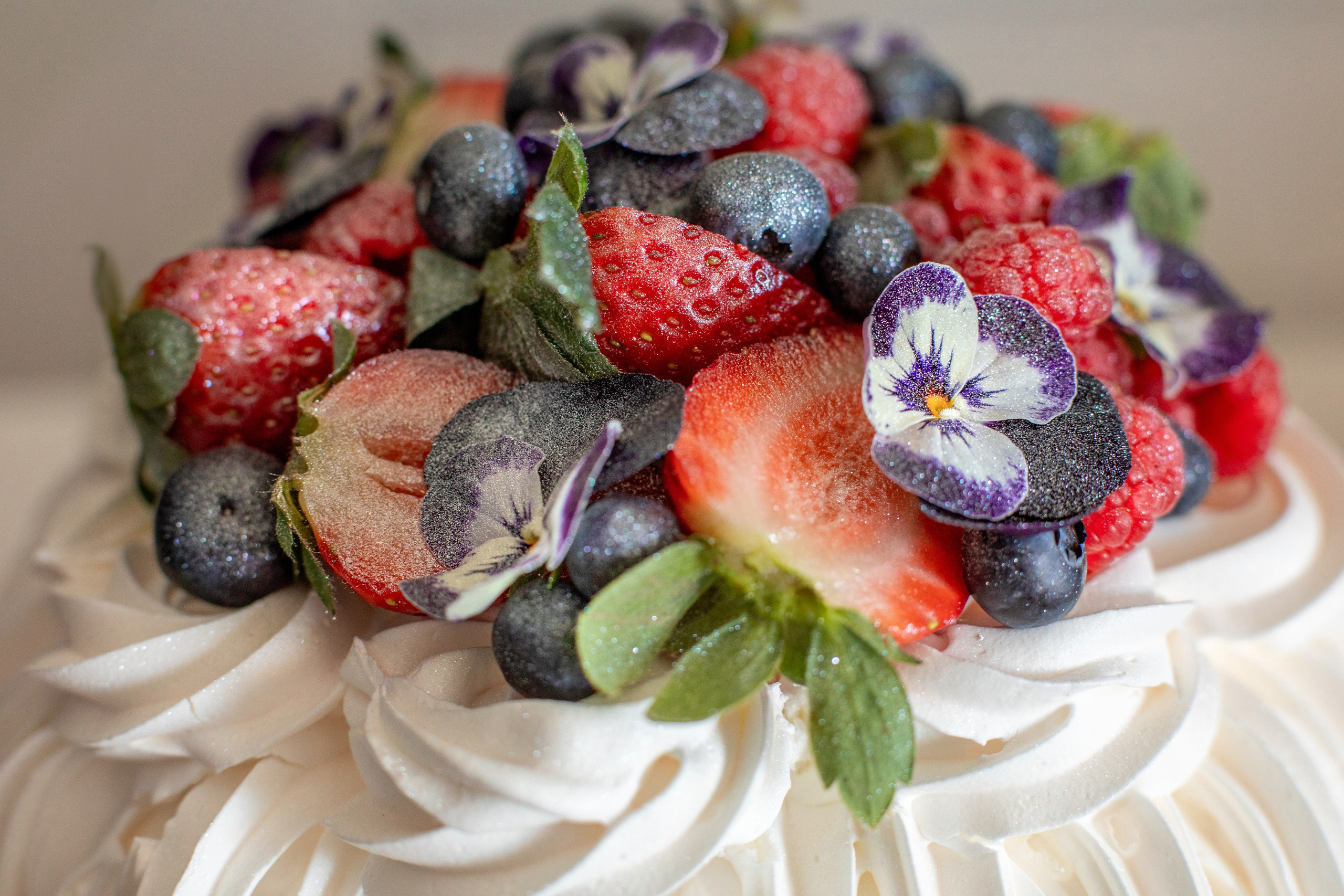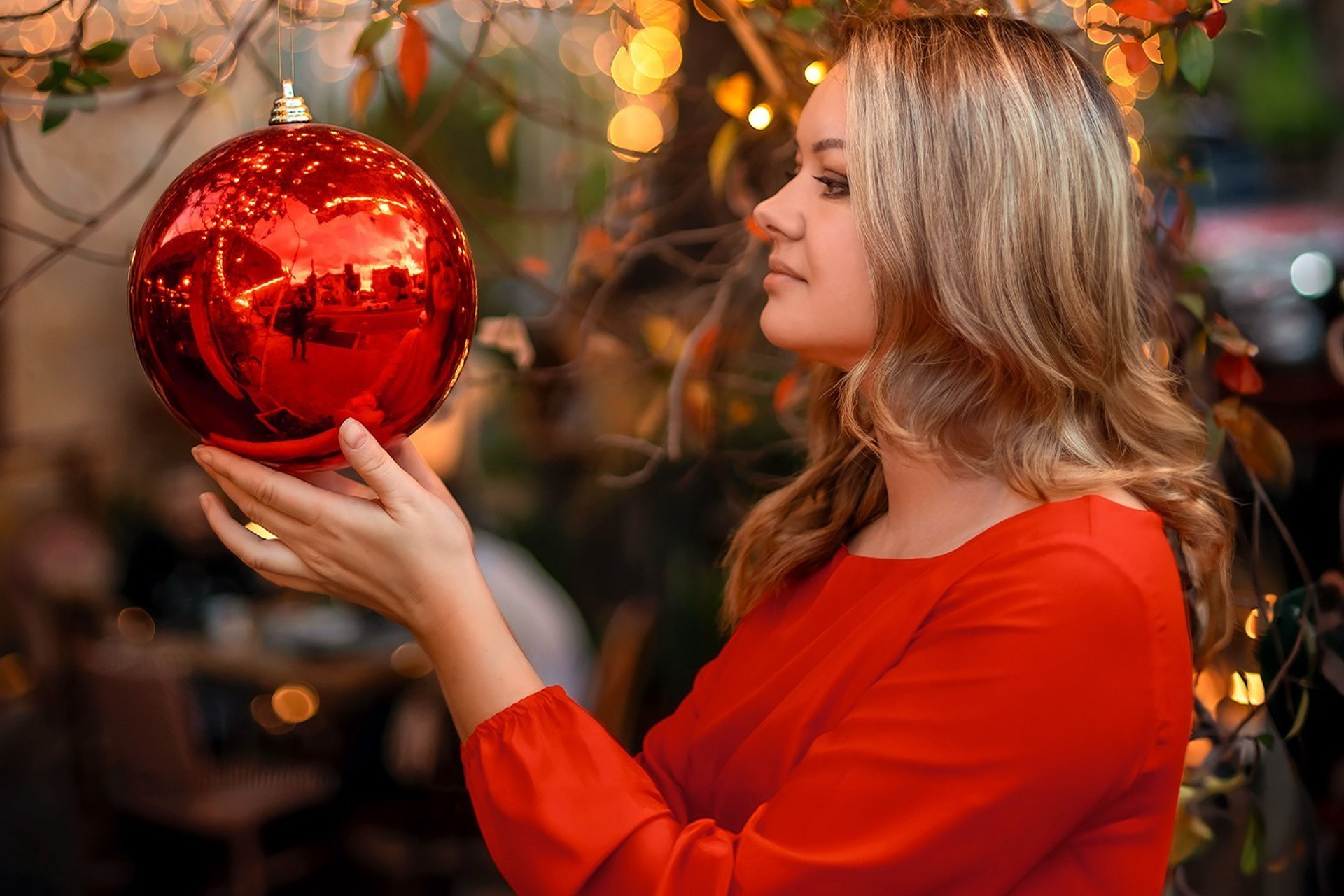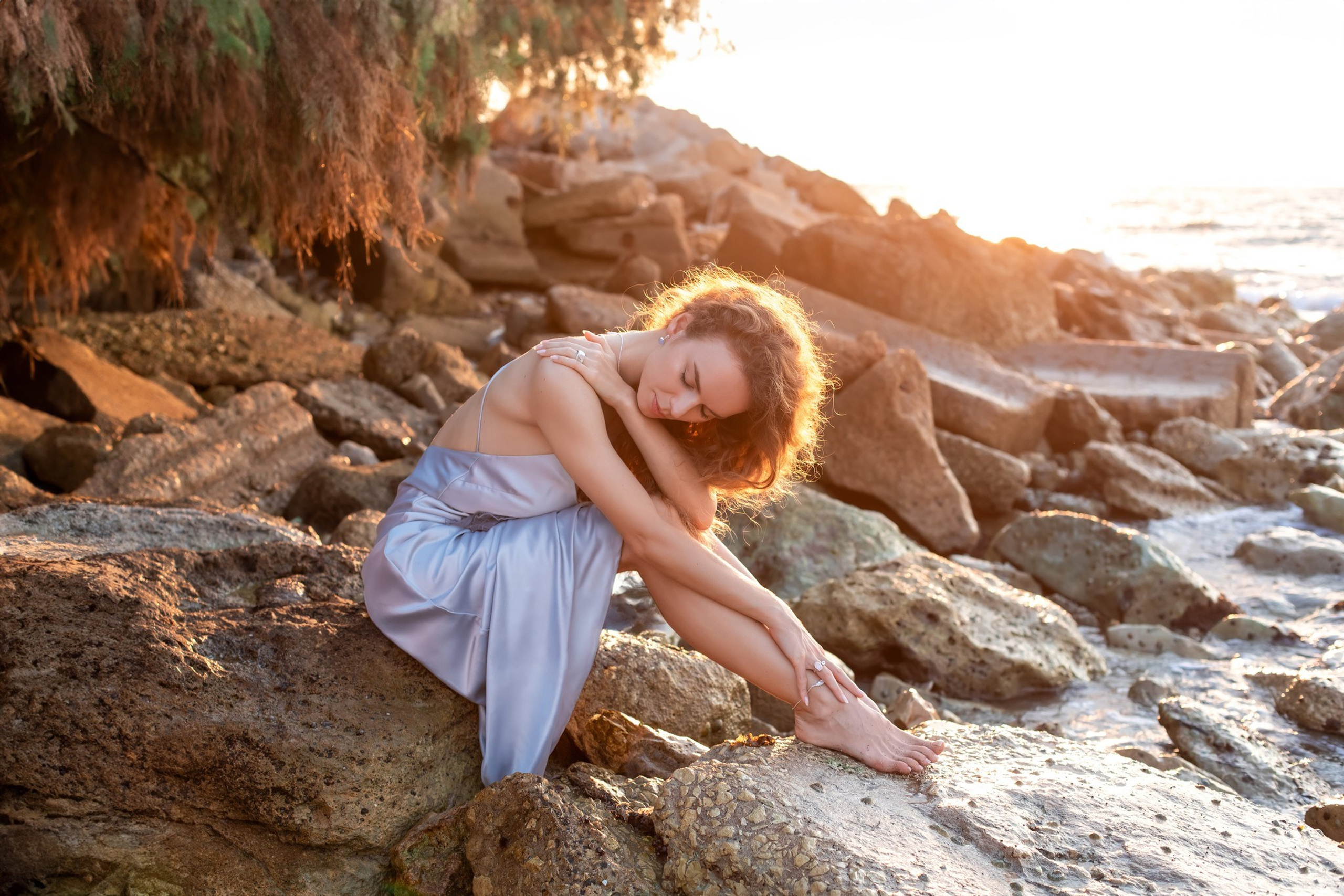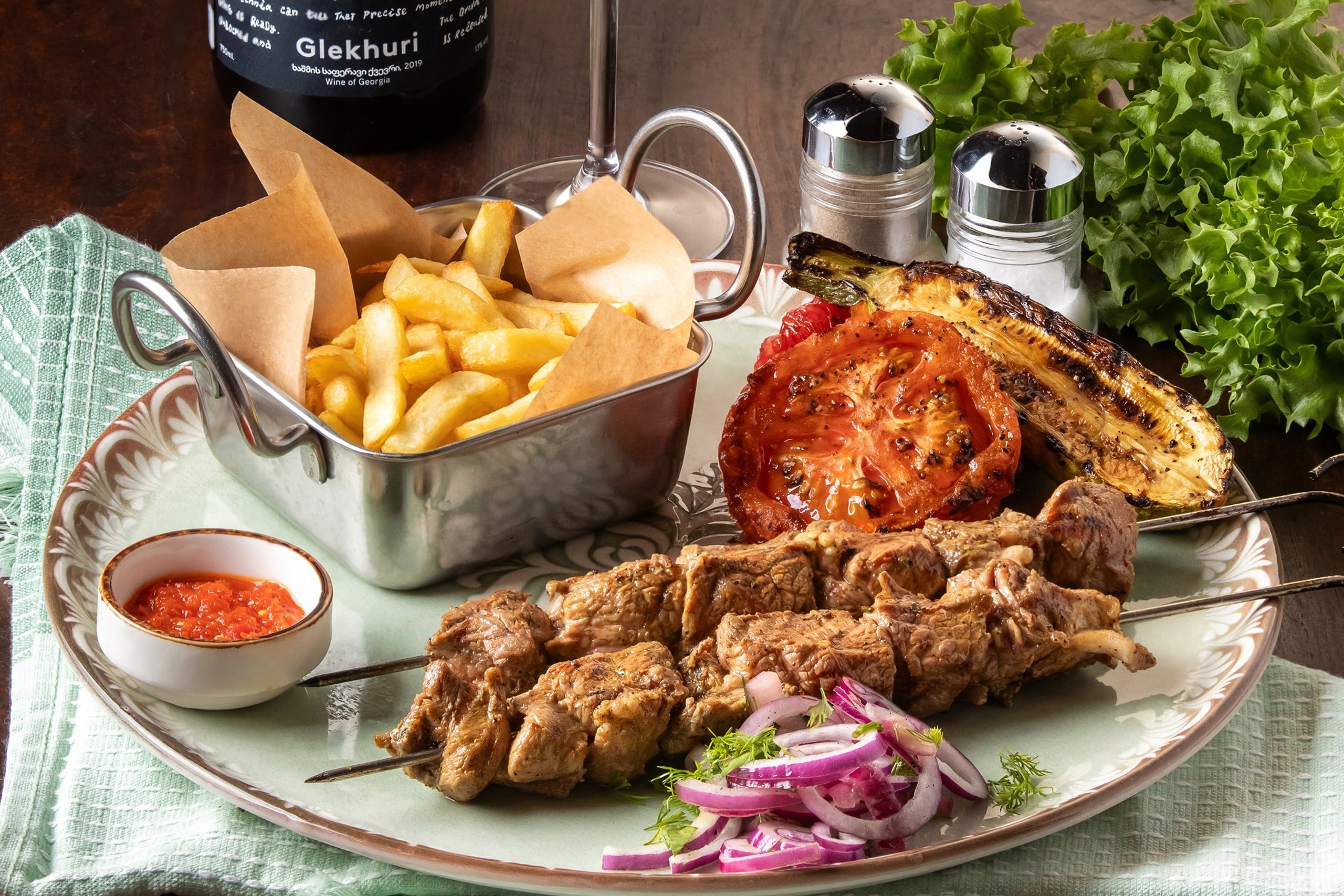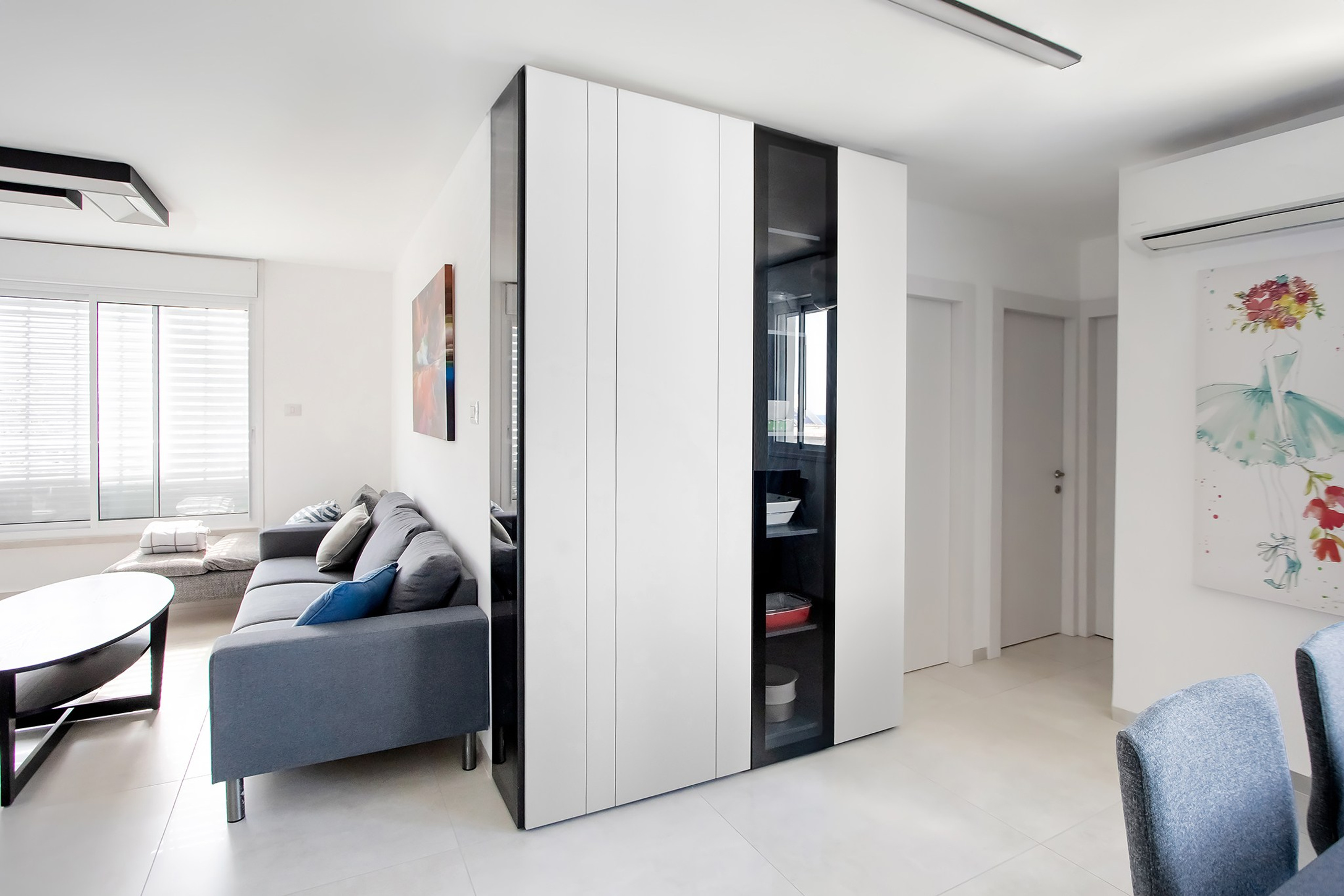- Judging by your work, photography is not just a hobby, but a way of life?
- You could say that. I’ve spent the last few years doing nothing but photography. I have two degrees in economics, and I’ve been working in the profession for over 10 years. I’ve been working in the field for over 10 years. Photography came into my life as a hobby and in a few years it became a full-fledged profession. I started with sports reportage, then I tried new genres, which didn’t replace the previous ones. did not supplant the previous ones, but added to them. For a while I was able to combine I was able to combine my two activities, but when I had a family with children. children, I realised that such a regime was no longer possible, I was taking up valuable time from my family. So I made a choice in favour of what I love. I quit my job as head of sales. And I’ve never once regretted it!
- When preparing for repatriation, did you think about what you were going to do? Was there any fear that something would not work out?
- Yes, I was planning on doing photography originally. Everything else. it was a plan B that I didn’t want to resort to. During the year that we were waiting for the paperwork, I learnt about the field in Israel, what kind of photography are in demand here, what services are offered, and what services are not in in sufficient quantity. And here I was glad that I have knowledge and experience in different genres, which will allow me to work in different areas — with private shoots, business shoots, including food photography, reportage, etc. reportage, etc.
- Please tell me about such genre as “food-photo”. What is the difference between “foodphoto” and a photo shoot for people, for example?
- First of all, the difference is that in food photography, the outcome is up to me. on me. Here, if you use your skills with light, composition, if the dish is beautiful in itself, the result will be predictable and good. predictable and good. Working with people is more difficult in the sense that people can’t always openly show emotions, which are valuable. But in this difficulty is the interest. It’s really nice to read feedback from girls who thought they weren’t photogenic, that they’re beautiful. In family shoots, I try to make sure that everyone is busy with each other and forget about me as much as possible. Occasionally adjusting their interactions. That way, you get lively, emotional footage that you’ll enjoy that you’ll enjoy looking at years from now.
- Most unusual orders you’ve worked on?
- I’ve already had a very interesting shoot in Israel! A guy came from Germany with his girlfriend to visit his grandmother. The grandmother helped him organise a marriage proposal with a saxophonist, a photographer and a panoramic view of Jerusalem. It was so moving, that even the bystanders couldn’t hold back the tears. We drove home overflowing with emotion. After all, she had said “yes!” at the shoot.
- What do you need to know about food photography? Are there any nuances?
- You should probably know that good photos can increase the number of orders. This is especially true for those cafes and restaurants that make deliveries. A good professional photograph can make you stand out from your competitors and whet your appetite just by looking at the menu. Well, and of course, the dish itself must initially be quality — cooked from fresh and beautiful products, the dish should be beautifully presented and served.
The nuances are about specific products. Some of them quickly lose their appearance and such dishes can not be prepared in advance before shooting. Herbs quickly wilt, pizza when cooling becomes “plastic”, the sauce on the main course drips, and there’s a lot of little things like that. But it’s all the photographer’s job to discuss the details before the shoot and to warn and warn the customer about it so that they don’t have to redo it.
- You also do business photography, have you had any interesting orders?
- I once had a commission for a subject. It was a handheld hoover
for a car. The photos for a marketplace were needed. And the
the reference was a hoover floating in the air,
taken apart. I had to think about the realisation, but with a bit of
magic and it all worked!
- Any orders you’re not taking?
- I don’t shoot newborn. I just don’t. It’s a specific genre of photography that requires separate training, equipment. As a rule. as a rule, photographers who shoot in this genre only shoot in this genre. It’s very painstaking, long-term work.
There are sometimes requests that I refuse when the effort required the effort isn’t worth it. Like taking a few photos, for example. Or requests that I’m not I’m not interested in-- banquets, nightclubs, overly explicit photo shoots.
- What has Israel or Haifa become for you in the time you’ve been here?
- I admire the country, the labour and love with which it was created.
Of course, the war divided the life of the country into “before” and “after”. I was struck by the people
around me. They were collecting aid for the injured and the soldiers, preparing and
delivering food, queuing for hours to be donors.
donors. The endless grief revealed strength and courage, kindness and compassion.
compassion. I’m sure that Israel will be a real, safe and cosy home
a true, safe and cosy home for me and my family.
Source: haifaru.co.il


